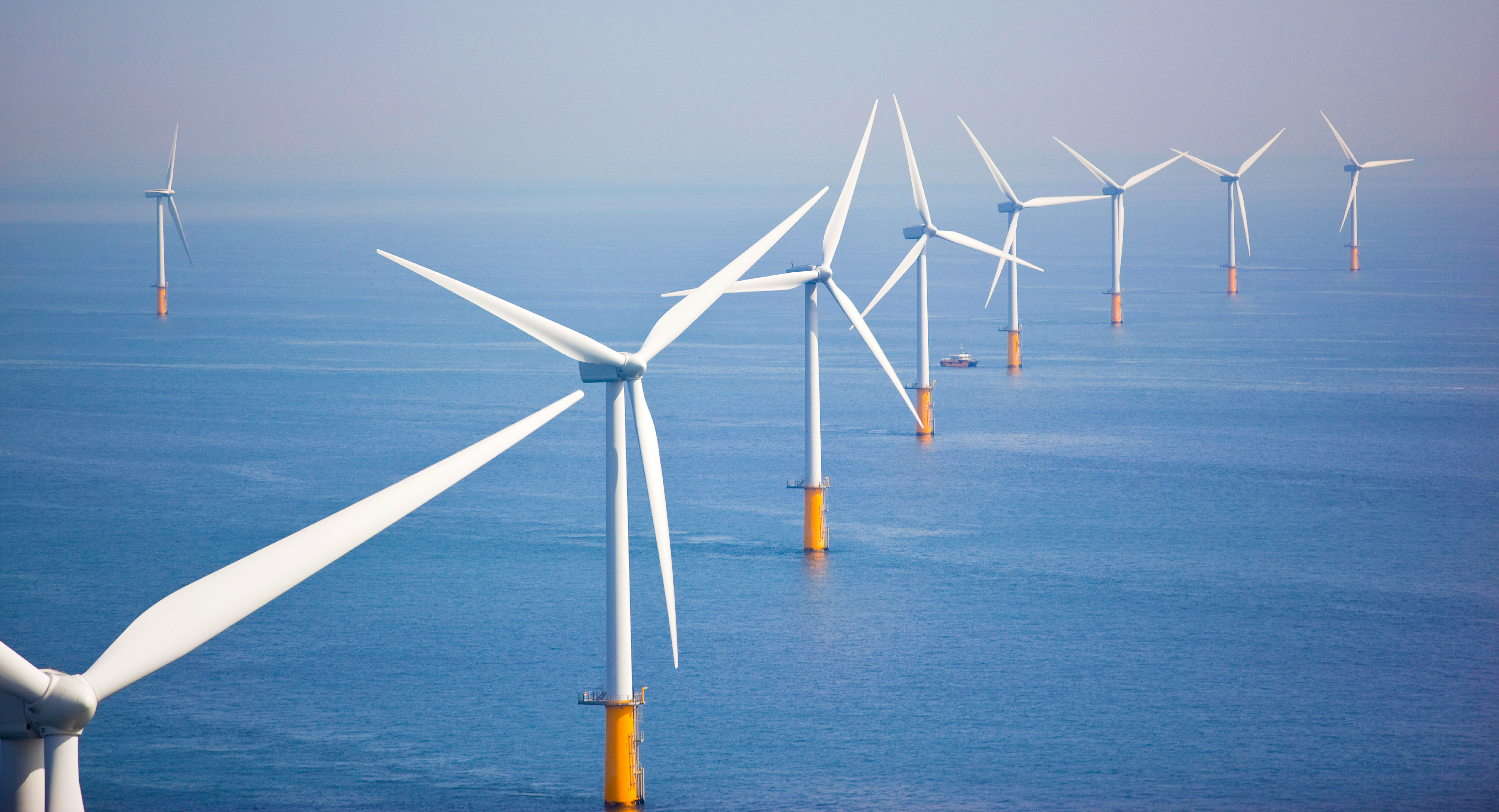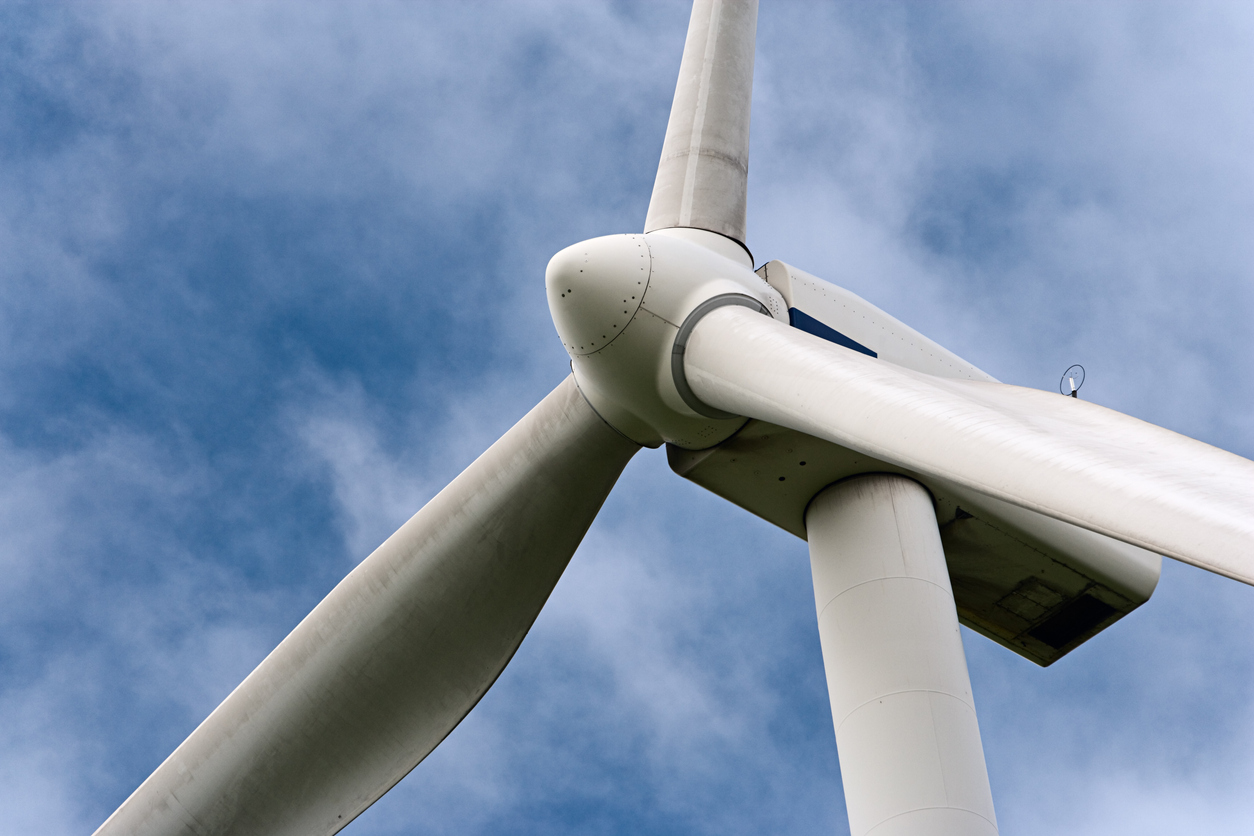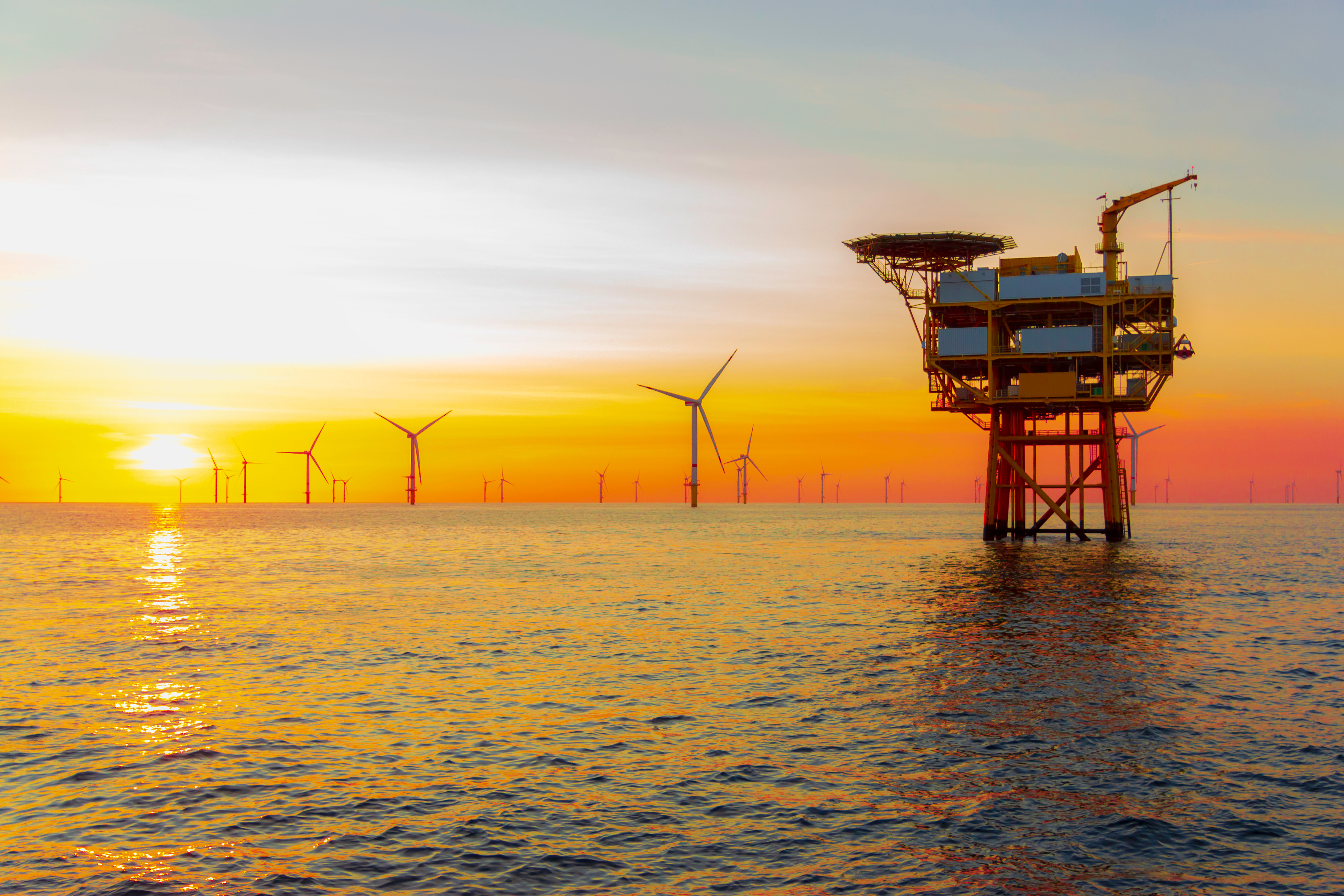
Challenge
How can countries build an offshore wind market that benefits the local economy?
Vast areas of deep water and some of Europe’s highest wind speeds give Ireland a natural advantage in offshore wind. In addition, the country’s Climate Action Plan is driving policy development and investment to ensure offshore wind is blowing strong. It has led to a pipeline that is fit to supply more than the country’s energy needs and capacity targets that could turn Ireland into a net energy exporter.
However, Ireland must scale its infrastructure if it seeks to localise the industry and bring jobs to the island’s coastline. If unsuccessful, developers may need to look elsewhere for construction, causing Ireland to forgo this economic opportunity.
Recognising the risk that Irish businesses could miss out, Ireland's wind energy industry, with the support of Green Tech Skillnet, sought to turn the corner. It wanted to see how Ireland could support local suppliers, bring autonomy to the industry and scale cost-effectively.
Solution
Dissecting the market opportunity of local supply chains
As an independent voice, we have been at the forefront of marine energy and offshore wind industry development in the UK and the EU for the past decade. As such, we were in a strong position to help Ireland strengthen its local supply chains for offshore wind farms.
Through close interactions with Enterprise Ireland, Wind Energy Ireland and key industry stakeholders, we:
Our analysis revealed that Ireland urgently needs to invest in its offshore wind infrastructure and delved into the solutions that can help Ireland overcome its teething problems to scale. Discover our suggestions in our analysis, Harnessing our potential: Investments and jobs in Ireland’s offshore wind industry.
Impact
A roadmap to harness offshore wind’s economic potential
Our analysis gave Wind Energy Ireland direction on where to focus its efforts and support this early-stage development of the market that thrives domestically and competes globally.
More importantly, it echoes the industry’s growing calls for action. Through this project, Wind Energy Ireland was able to:
If all suggestions are implemented, Ireland could reach 3.5 GW* offshore wind capacity in a way that meets local needs:
*From 3.5 GW to 7 GW
In 2022, Ireland raised its offshore wind target to 7 GW. It fortifies the island’s commitment to the industry. But it’s also a stark reminder that now, more than ever, government and industry must work closely together if Ireland looks to meet this target, cut costs and harness the economic benefits for coastal communities.








